What is the typical shelf life for latex balloons before inflation?
Do you have old latex balloons sitting around? Are you wondering if they are still good? How long do they actually last?
Uninflated latex balloons can last for several years if stored correctly. A typical shelf life1 is around 3 to 5 years before any significant degradation occurs. This assumes proper storage conditions2 are met to maintain quality.
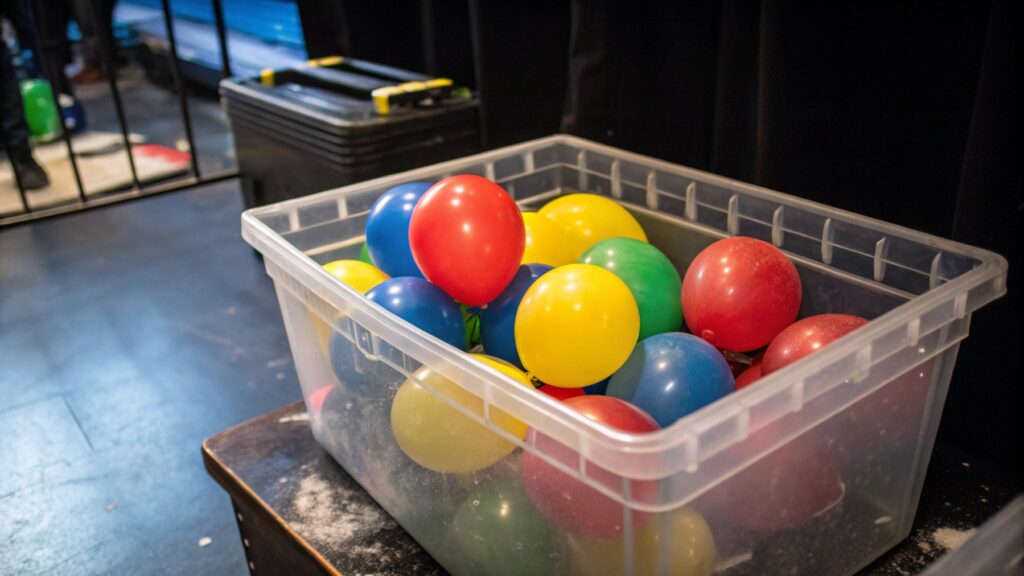
Let's talk about how long those uninflated balloons in your closet are good for. I've been in the balloon business for a while, and I get this question a lot. It's important to know the answer so your party decorations don't fall flat.
How long do uninflated latex balloons last?
You bought a big bag of balloons for a party but didn't use them all. Now they've been sitting there for ages. Are they still usable?
Uninflated latex balloons typically last for 3 to 5 years when stored properly3. The natural latex material4 is stable for a long time if protected from damaging elements like heat and light.
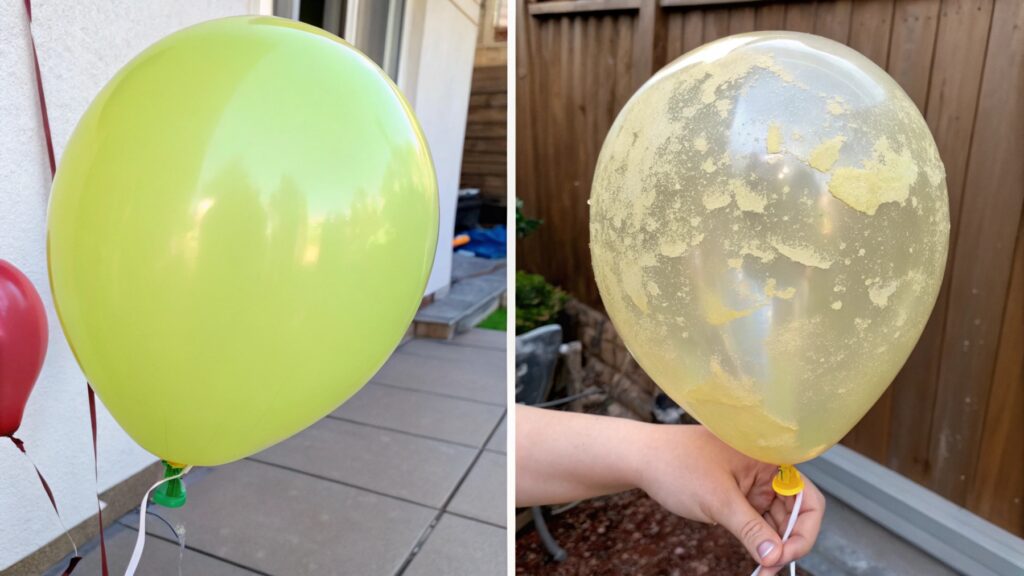
From my experience, 3 to 5 years is a good rule of thumb. The latex itself is a natural product, and it's quite resilient. When we manufacture balloons, we add a very thin layer of powder, both inside and out. This powder is crucial. It prevents the sides of the balloon from sticking together over time. Imagine two pieces of rubber pressing together for years; they would bond. The powder acts as a barrier5, keeping the balloon flexible and ready to inflate even after a long time in storage. Without this powder, the balloons would be unusable much sooner. We ensure this step is done right for every batch. This simple addition makes a big difference in the longevity of the uninflated balloon.
What is the recommended storage time for latex balloons?
You want your balloons to be in the best condition possible for your event. Is there a time limit for how long you should keep them before using them?
The recommended storage time for uninflated latex balloons6 is typically up to 5 years. Storing them beyond this timeframe increases the risk of degradation, making them less likely to inflate properly or stay inflated for long.
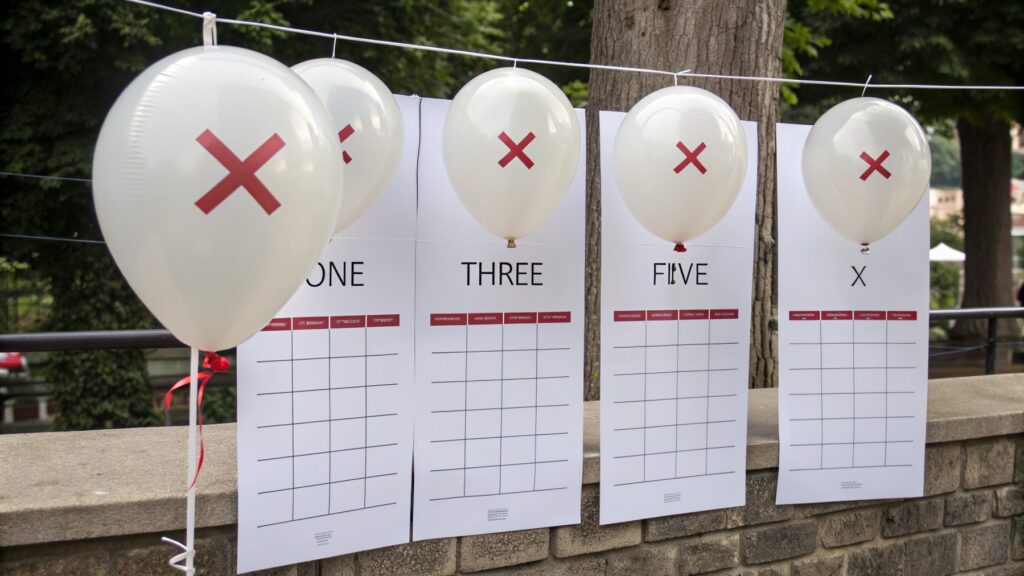
Yes, there is a recommended time. While they can last longer, we generally say aim to use them within 5 years. After 5 years, the natural aging process of latex7 starts to accelerate. The rubber can become brittle or less elastic. Think of an old rubber band; it loses its snap. The same can happen with balloons. They might inflate, but they could pop easily or deflate quickly. We produce millions of balloons, and our testing shows that quality remains high within that 5-year window. After that, it's a gamble. If you're planning a really important event, you'll want to use fresher balloons to avoid disappointment. It's better to be safe than sorry with your decorations.
Does proper storage affect the longevity of latex balloons?
You've heard that where you keep things matters. Is this true for uninflated latex balloons too? Can storing them well make them last longer?
Yes, proper storage significantly affects the longevity of uninflated latex balloons8. Storing them in cool, dark, and dry conditions protects the latex from elements that cause it to break down faster.
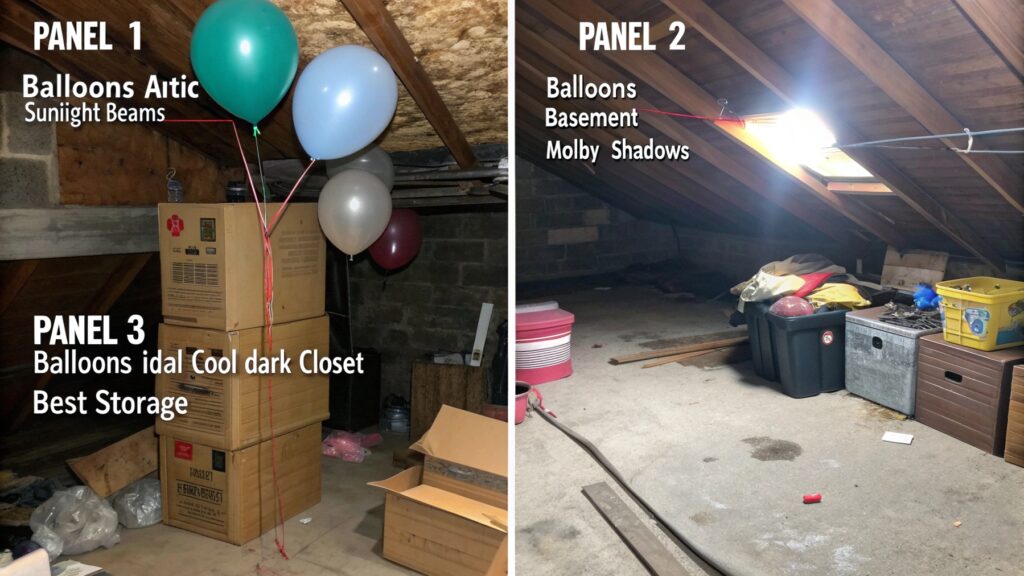
Proper storage is absolutely key. It's probably the single most important factor after the quality of the balloon itself. What hurts latex the most? Heat, light, and moisture.
- Heat: High temperatures speed up the aging process of rubber. Leaving balloons in a hot car or attic is a bad idea. They'll degrade much faster.
- Light: Especially sunlight or strong artificial light. UV rays9 are very damaging to latex. They cause the material to break down.
- Moisture: Humidity or damp conditions can also affect the latex and the powder coating.
Here’s a simple guide for optimal storage:
| Storage Condition | Why it's Important | What to Avoid |
|---|---|---|
| Cool | Slows down material degradation | Hot attics, cars, areas near heaters |
| Dark | Protects from damaging UV light | Sunny windowsills, areas with direct light |
| Dry | Prevents moisture damage to latex & powder | Basements, garages, humid environments |
I've seen firsthand how much difference storage makes. A batch of balloons stored correctly in a climate-controlled warehouse will be in much better shape after a few years than the same batch left in a hot, sunny room. The powder coating I mentioned earlier also works best in dry conditions. If it gets damp, it can become less effective. So, find a cool, dark closet or a storage container in a temperature-stable room.
When do uninflated latex balloons expire?
Is there a specific date when an uninflated latex balloon is no longer good? How do you know if your old balloons are expired?
Uninflated latex balloons don't have a strict "expiration date" like food. Instead, they gradually degrade over time. They are considered "expired" when they no longer perform as expected, meaning they rip easily, won't inflate fully, or pop upon inflation.
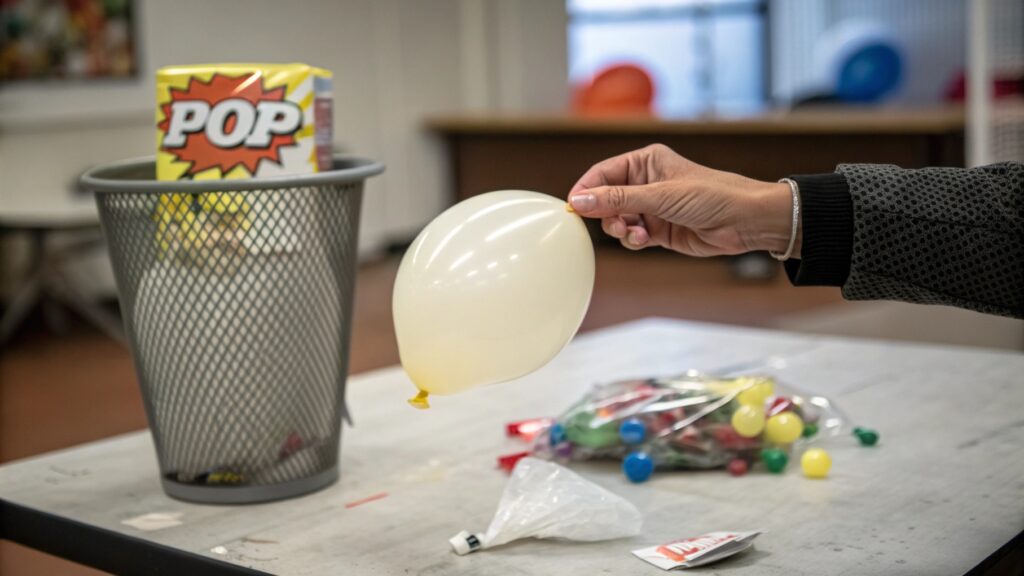
It's not like milk that spoils on a specific date. Latex just slowly loses its properties. You can tell if they're "expired" by how they feel and act.
- Sticky or Fused: If the balloon walls stick together and you can't separate them easily, they are likely too old or poorly stored.
- Brittle: If the balloon feels stiff or tears when you try to stretch it gently, it's lost its elasticity.
- Won't Inflate: If you blow into it and it doesn't expand properly or feels weak, the latex has degraded.
- Pops Immediately: Sometimes they look okay but pop as soon as you start to inflate them. This is a sign the rubber is too weak.
We manufacture our balloons to be durable, but even the best quality latex will age. We don't put an expiration date on the package because storage conditions vary so much. However, we know that after about 5 years, the performance starts to drop. If you have a bag of balloons that are 6 or 7 years old, there's a higher chance many of them won't work well. It's a matter of performance rather than a hard expiration date. If they inflate easily and feel elastic, they're probably still good.
Conclusion
Uninflated latex balloons stored correctly can last 3-5 years. Proper storage is key to preserving quality and ensuring they work when you need them.
-
Learn about the shelf life of uninflated latex balloons to make informed decisions about your supplies. ↩
-
Explore the best practices for storing latex balloons to extend their usability and quality. ↩
-
Learning proper storage techniques can extend the life of your balloons, ensuring they remain usable for your next celebration. ↩
-
Exploring the properties of natural latex can enhance your knowledge about balloon quality and durability. ↩
-
Discover the science behind how powder keeps latex balloons flexible and ready to use, ensuring they last longer in storage. ↩
-
Find out the best storage practices for uninflated latex balloons to ensure they remain in optimal condition for your events. ↩
-
Learning about the aging process of latex can help you choose the right balloons for your events, ensuring quality and durability. ↩
-
Understanding the factors that influence balloon longevity can help you make informed choices for your events and decorations. ↩
-
Learning about the impact of UV rays on latex can help you protect your balloons from degradation and ensure their longevity. ↩
